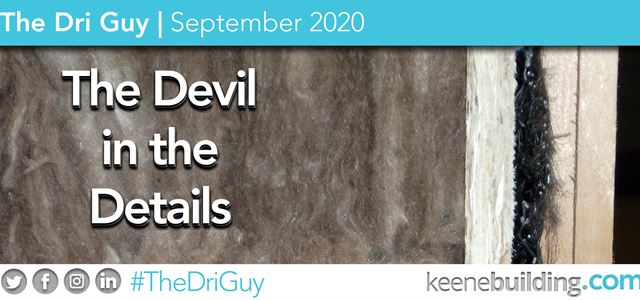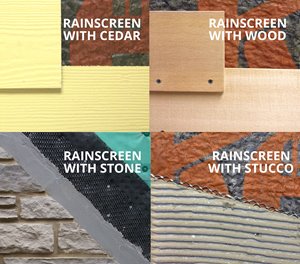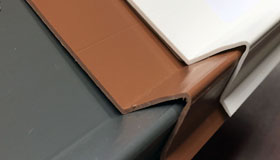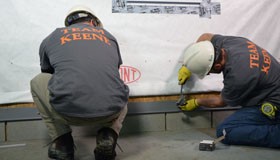
The devil is in the details a saying that was likely proclaimed by the foreman at the great pyramids to all his workers every morning... A philosophy that was true then and even more so today.
We exist in an environment of constantly changing and evolving construction methods, techniques and products. Historically, construction products and methods would change slowly over time. In the time of our grandfathers, a tradesman could reasonably expect to use the same products and techniques over the course of 20 years or more.
Modern construction methods are evolving at an ever-increasing rate. New products are hitting the market every year. Today’s tradesman is in a constant state of learning. They need to be up to speed on how to properly handle and install all these new products.
While it may seem at first glance that all these changes have little benefit, in truth, there are a few key reasons why we change. A new product may have better performance or make insulation easier and/or reduce the amount of time needed to install. They may enhance the overall durability of the structure or reduce the cost. Irrespective of the reason, the benefit of new construction products cannot be realized if they are handled improperly or not installed correctly.
Hence, the devil is in the details…
Ensuring that teams on the jobsite are familiar with the proper installation instructions and installation details is the key to success on the modern jobsite. If we focus in on wall assemblies that use Keene Building Product’s Driwall™ RainscreenTM as an example, it doesn’t matter if the final assembly is adhered veneer, stucco, stone, brick, or siding.

We always need to make sure to follow 5 basic rules:
- The base wall sheathing must be free of any defects.
- Wood based sheathing needs to be gapped 1/8 of an inch. This is crucial since wood-based sheathing is not dimensionally stable and will need room to expand and contract as the environment changes from season to season.
- Gypsum based sheathing does not need to gap as it is dimensionally stable. It is not affected by environmental changes the same way wood-based products are.
- Ensure that membranes and flashing are properly installed. This will help reduce failures over time.
- Place Driwall Rainscreen horizontally against exterior wall, fabric side out. The entangled core should face the building interior.
If we focus in on one type of cladding in particular - stucco
- Starting at the bottom of the wall, position the first piece of Driwall Rainscreen where the bottom edge of the stucco meets Driwall™ Weep Screed (stucco and adhered veneer).
- Mechanically fasten the Driwall Rainscreen with a cap nail, cap staple, or cap screw - one fastener for each square foot.
- Seam adjacent Driwall Rainscreen piece with the selvage edge over-lapping the top of the lower piece.
- At the bottom of the wall, for siding where Driwall Weep Screed is not used, take the selvage edge of the Driwall Rainscreen and back-wrap towards the wall to build a bugscreen.


Over the next few months, we will explore why proper detailing is so important to the modern wall assembly and how to avoid common failures. More from the Dri Guy soon!
Contact Keene today to help you with your detailing needs.